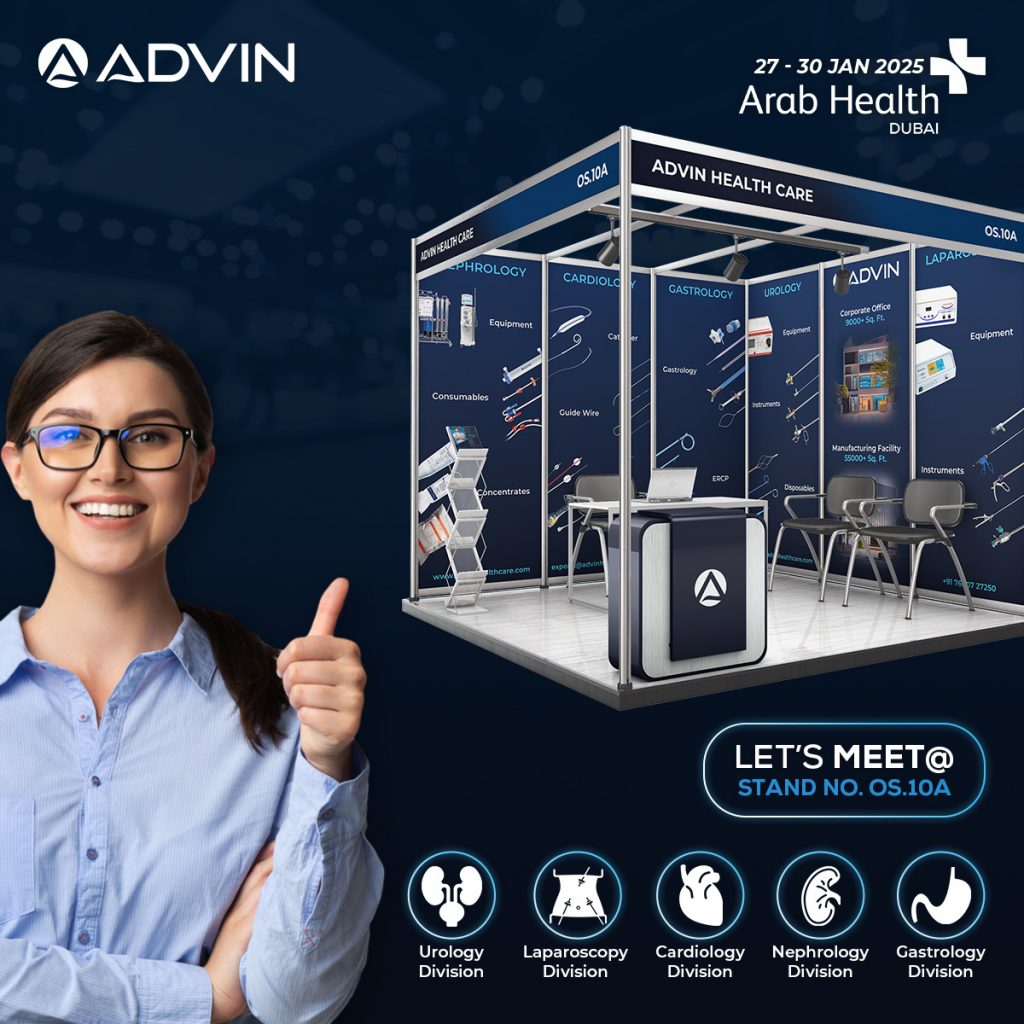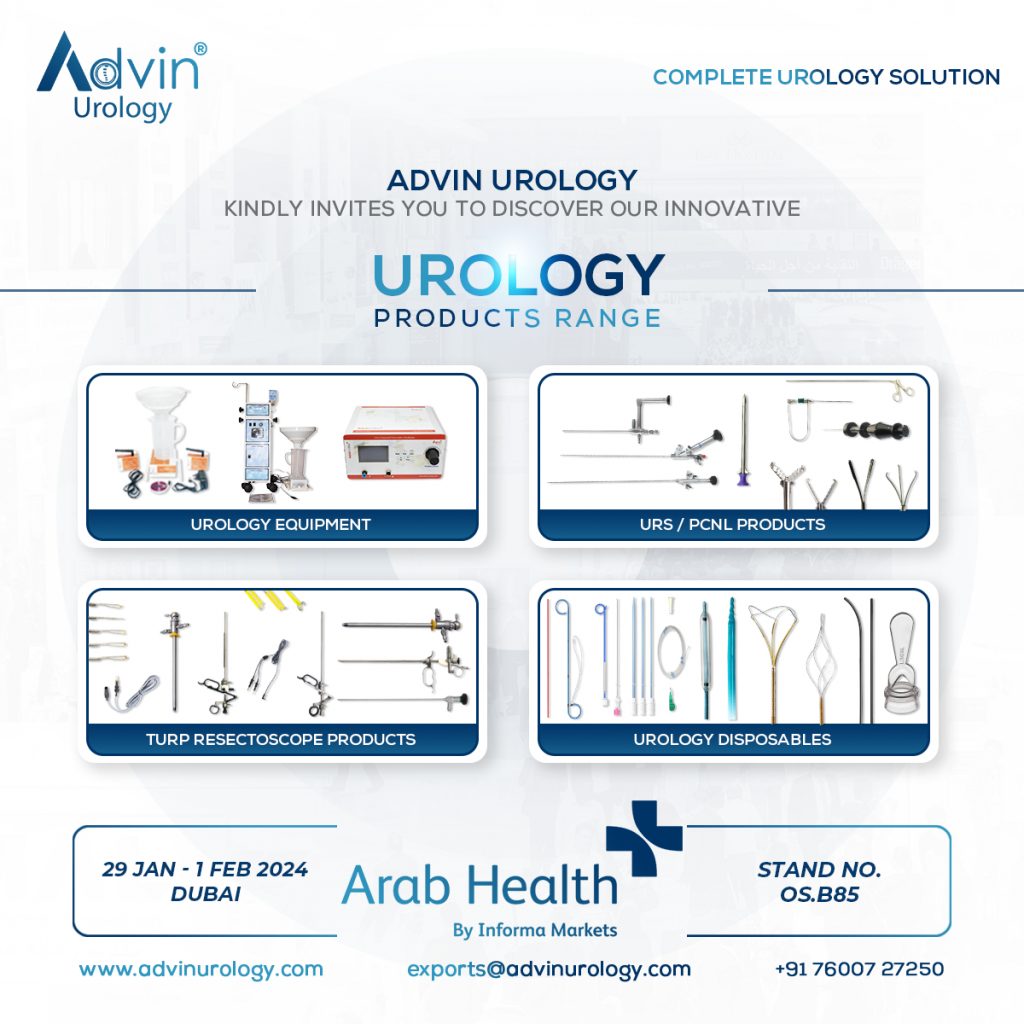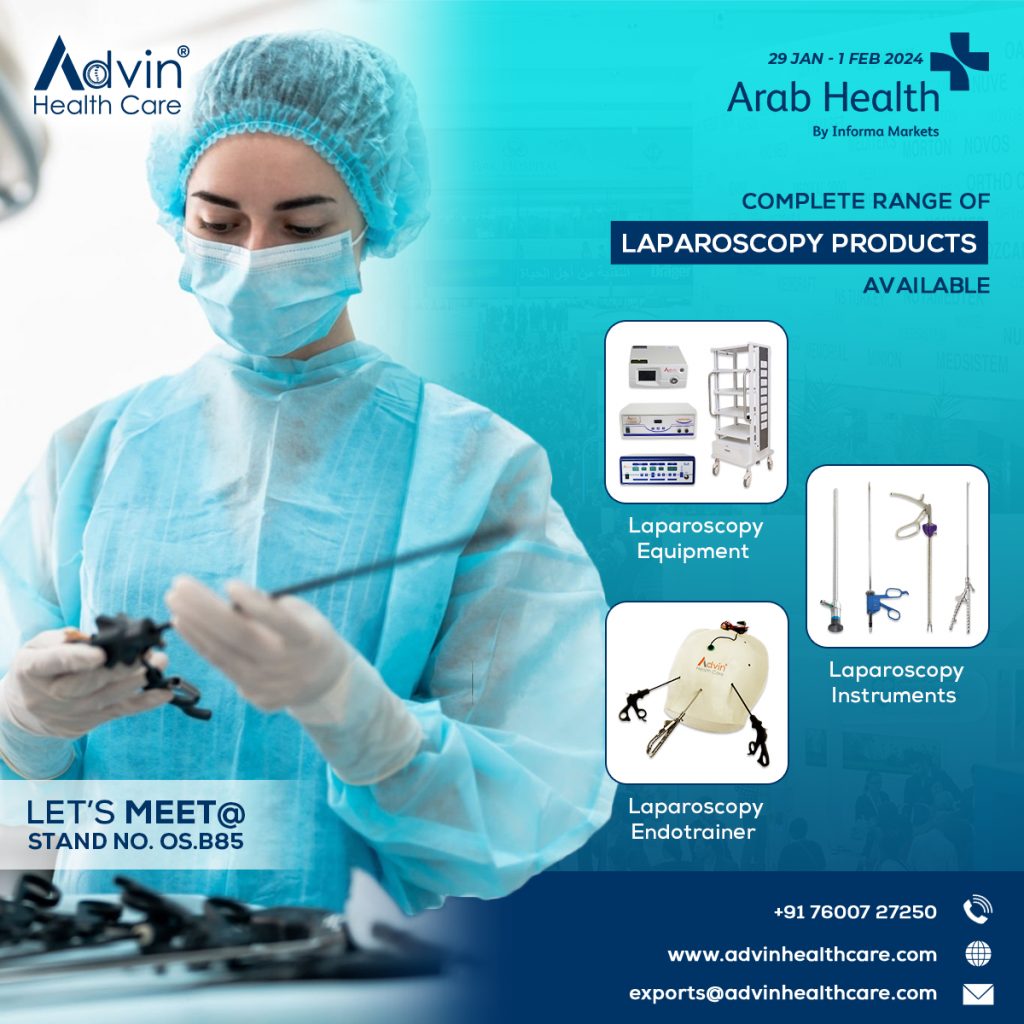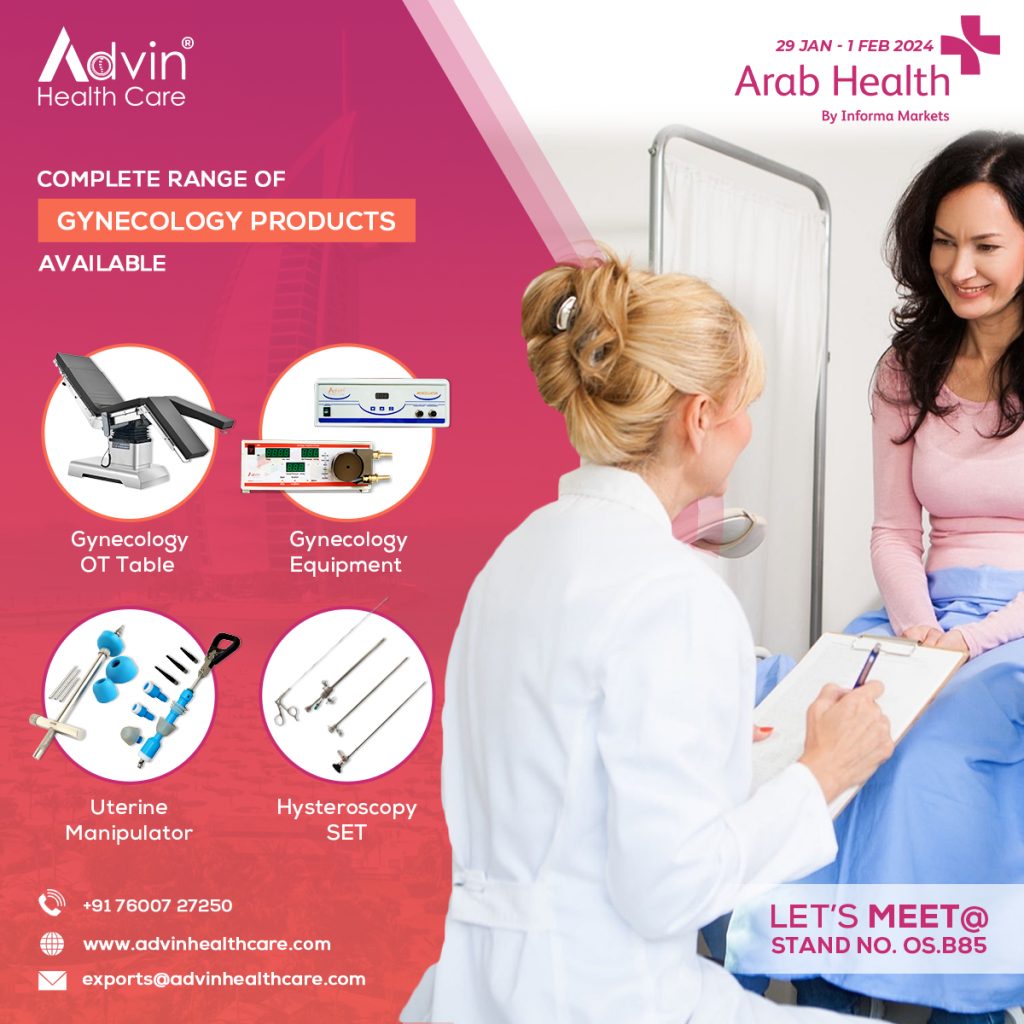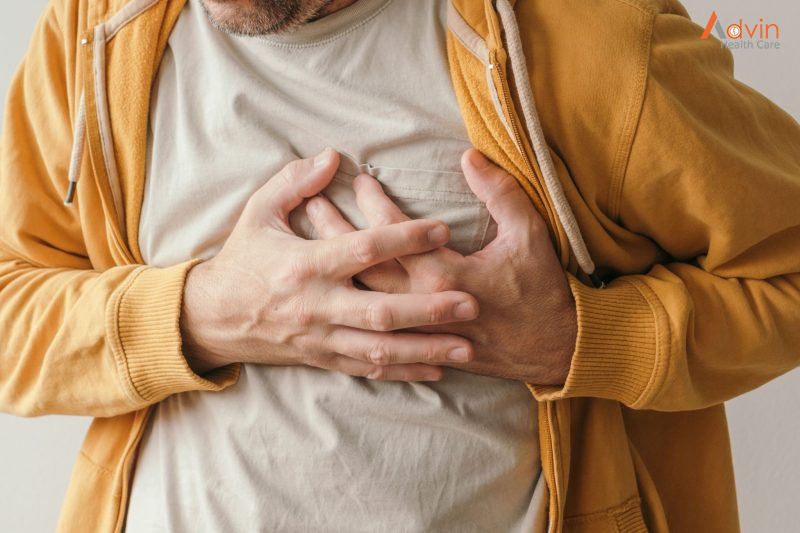Modern healthcare is evolving rapidly, and with it, the expectations placed on surgeons, nurses, and entire operating room teams. Every procedure demands speed, precision, safety, and predictable outcomes. Yet real-world surgeries come with unavoidable challenges — limited visibility, instrument fatigue, workflow disruptions, equipment inconsistency, sterilization risks, and increasing patient load.
To support clinicians through these complexities, Advin has positioned itself as a global MedTech innovator dedicated to solving procedural difficulties and elevating benefits for both surgeons and patients. Through engineering excellence, user-centered design, and advanced R&D, Advin develops devices that minimize intraoperative obstacles and enhance surgical confidence.
Across specialties such as urology, laparoscopy, gynecology, nephrology, cardiology, and gastroenterology, Advin empowers healthcare teams to work smarter, safer, and faster.
Understanding the Real Challenges Surgeons Face
Before designing any device, Advin’s R&D teams study the live realities of modern surgeries. Across hospitals worldwide, the most common issues include:
- Limited procedural visibility
Fogging optics, poor illumination, or obstructed fields increase risks and extend operating time.
- Inconsistent instrument performance
Loose joints, uneven force transmission, poor ergonomics, and variable-quality disposables affect surgical precision.
- High infection-control demands
Growing patient volume increases demands on sterilization cycles and sterile consumables.
- Workflow delays
Slow setups, equipment breakdowns, and compatibility issues disrupt the surgical sequence.
- Surgeon fatigue and ergonomic strain
Long procedures often produce hand fatigue, poor grip stability, and decreased control.
- Variability in disposable quality
Single-use devices must perform exactly as expected every time — without exceptions.
Advin tackles each of these challenges with purpose-built solutions designed through clinical input, engineering simulation, and strict safety validation.
Engineering Solutions That Empower Surgeons
Advin does not simply manufacture devices — it solves surgical problems. Every product is developed to eliminate a specific bottleneck in the operating room.
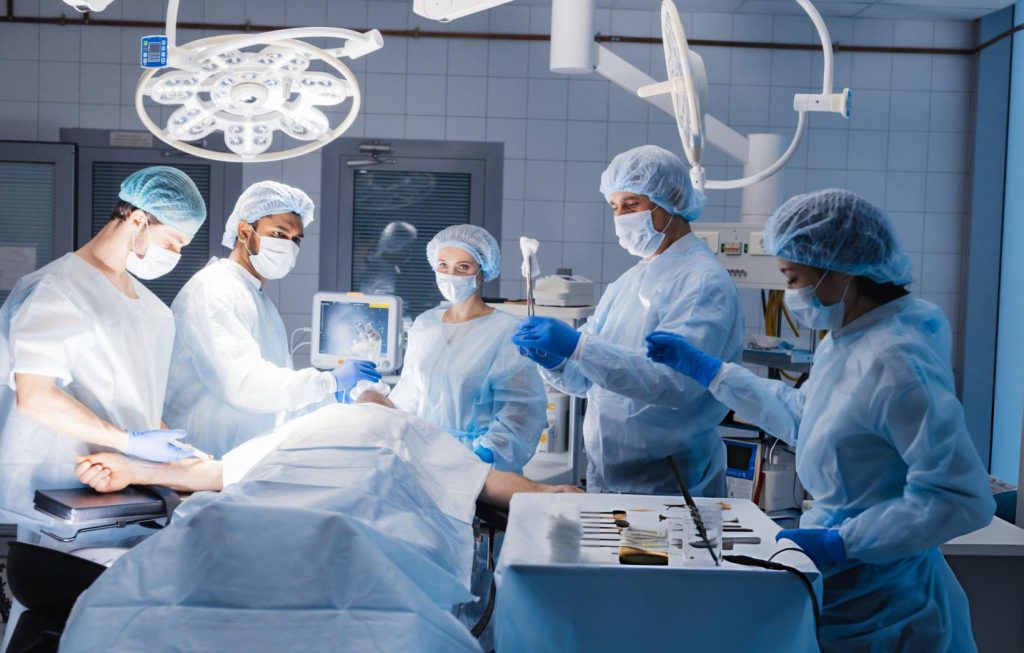
-
Devices That Improve Visibility and Procedural Clarity
Clear visualization is at the heart of every safe and successful procedure. Advin enhances this through:
- High-precision optical systems for endoscopic and laparoscopic applications
- Anti-fog, distortion-free design elements
- Uniform light distribution technologies
- Smooth, glare-free surfaces
- Flow-optimized working channels for irrigation clarity
The result is a brighter, sharper, and more reliable visual field — even during long procedures.
-
Ergonomic Instruments That Reduce Fatigue
Surgeon fatigue directly affects precision. Advin addresses this through:
- Balanced instrument weight distribution
- Soft-touch grip surfaces
- Low-resistance mechanical actions
- Smooth articulation
- Natural hand alignment design
These human-factor optimizations help surgeons maintain control and reduce musculoskeletal strain, especially in minimally invasive surgery.
-
Enhanced Safety Through Sterility and Infection Control
Infection-control remains one of the most demanding and critical aspects of surgery. Advin improves safety by offering:
- Sterile-packed, medical-grade disposables
- Cleanroom-manufactured products
- Biocompatible materials
- Reduced-touch packaging
- Consistent sterilization compatibility
These measures significantly minimize risk and contribute to safer patient outcomes.
-
Reliable Devices That Reduce Procedural Variability
Inconsistent instrument performance is one of the greatest challenges during surgery. Advin eliminates this through:
- High-tolerance machining
- Quality-controlled assembly
- Automated inspection systems
- Mechanical repeatability
- Standardized force delivery mechanisms
This engineering consistency ensures that every surgeon experiences the same predictable performance, case after case.
-
Faster OR Workflow and Reduced Operative Time
Advin devices are designed to integrate seamlessly into surgical workflows. Features such as:
- Quick-connect mechanisms
- Smart packaging layouts
- Intuitive handling designs
- Compatibility across systems
- Smooth transitions within procedures
all contribute to faster setups, fewer interruptions, and shorter operative durations.
-
Specialized Instruments for Complex Procedures
Some surgical challenges are highly specific — such as accessing difficult anatomies, navigating obstructed pathways, or maintaining precision in narrow spaces.
Advin’s portfolio includes specialty instruments developed exclusively to manage such scenarios, allowing surgeons to operate with greater confidence and skill.
How These Innovations Increase Clinical Benefits
When intraoperative difficulties reduce, overall clinical benefits increase significantly. Advin’s contributions deliver measurable improvements for hospitals, surgeons, and patients.
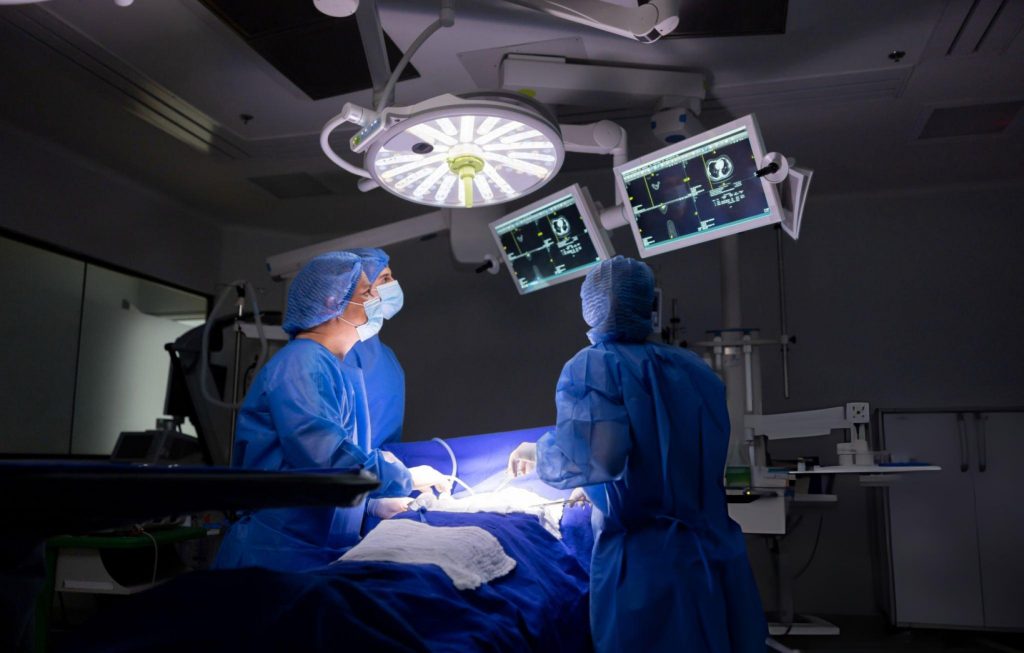
- Higher Procedural Safety
Enhanced visibility, predictable instrument performance, and sterile manufacturing reduce procedural risks.
- Improved Surgical Accuracy
Ergonomic stability and precision mechanisms allow surgeons to perform with greater control.
- Faster Recovery for Patients
Shorter operative times, reduced trauma, and more controlled procedures lead to quicker healing.
- Reduced Complication Rates
When devices perform consistently, the risk of complications drops across specialties.
- Increased Surgical Throughput
Hospitals benefit from improved workflow efficiency and higher case-handling capacity.
- Greater Surgeon Confidence
Knowing the device will perform exactly as expected allows surgeons to focus entirely on surgical decision-making.
A Collaborative Approach to Problem Solving

Advin’s ability to solve surgical challenges comes from close collaboration with:
- Surgeons
- OR nurses
- Biomedical engineers
- Hospital procurement teams
- Clinical researchers
Real-world feedback is continuously incorporated into design upgrades and next-generation development.
Where Advin Is Headed Next
While current solutions address today’s surgical challenges, Advin is already preparing for the future.
Upcoming innovations include:
- AI-enhanced visualization systems
- Sensor-based devices for live feedback
- Intelligent fluid-control technologies
- Automated sterilization-tracking mechanisms
- Smart ergonomics based on movement analytics
- Ultra-durable minimally invasive instruments
These next-stage developments will not only solve current surgical challenges but redefine what is possible in the operating room.
Conclusion
Surgery demands precision, clarity, speed, and reliability — and the margin for error is almost zero. Through advanced engineering, human-centered design, and clinically informed innovation, Advin is solving the real difficulties surgeons face every day.
By eliminating procedural challenges and amplifying clinical benefits, Advin continues to strengthen its position as a global MedTech leader shaping the next era of safer, smarter, and more effective healthcare.






